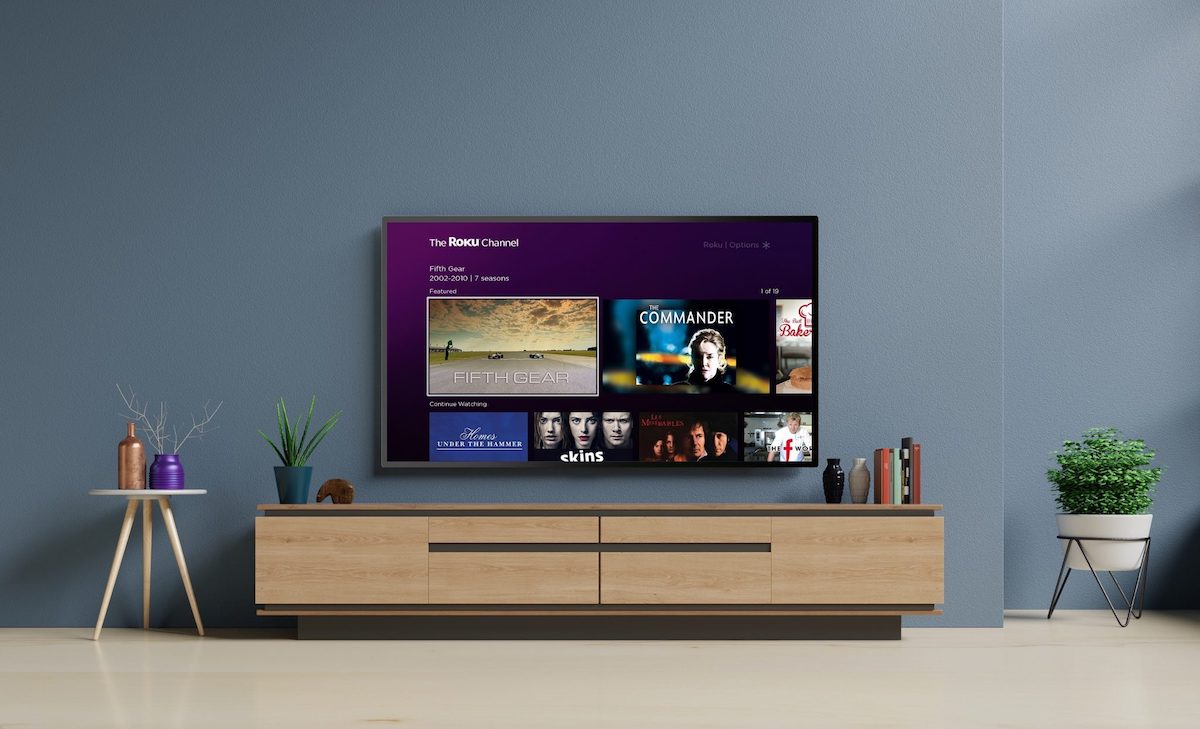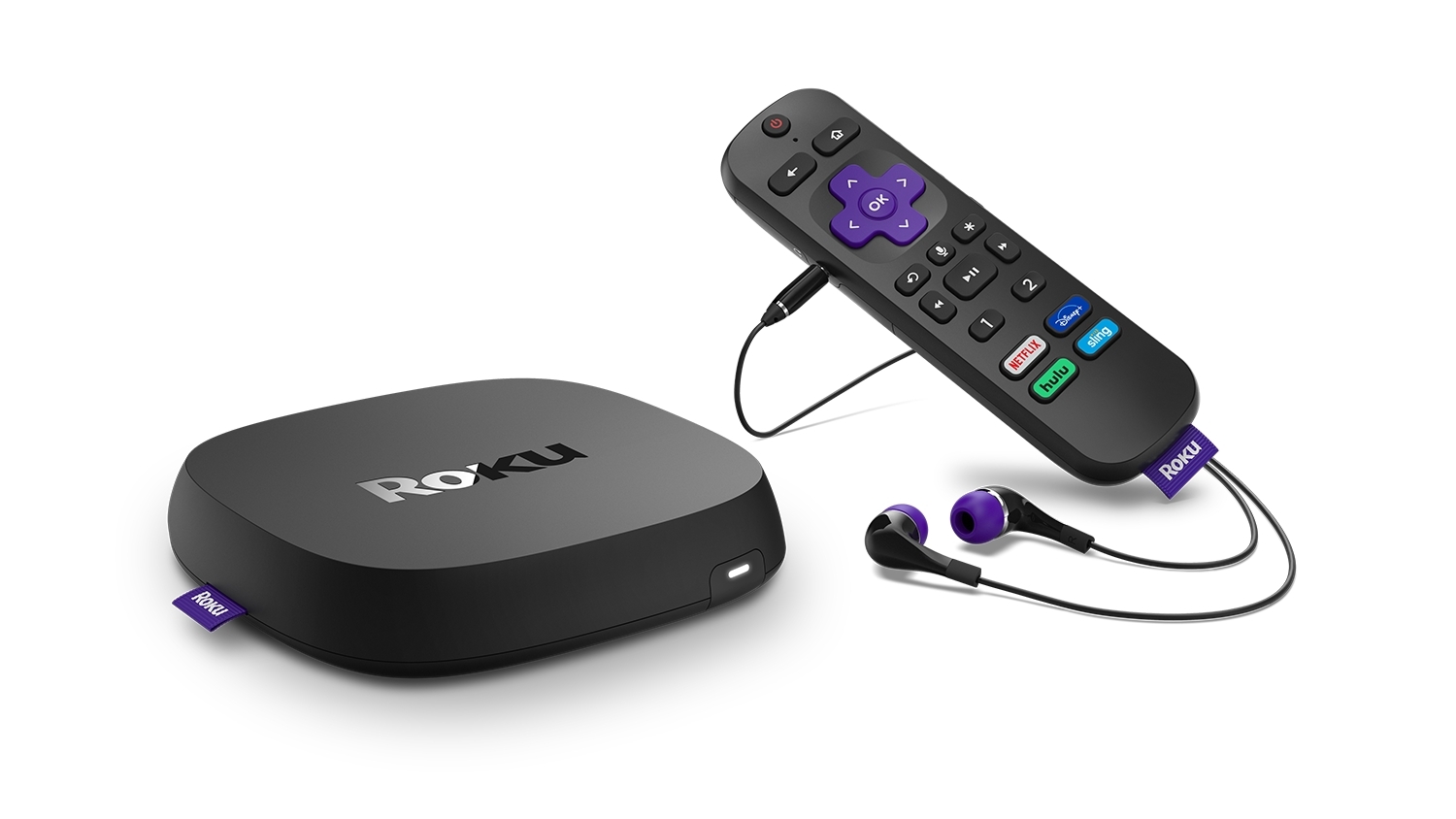
After more than 40 years of operation, DTVE is closing its doors and our website will no longer be updated daily. Thank you for all of your support.
Roku hits new heights with 46 million users

Roku has once again exceeded expectations, with its latest set of results revealing that the streaming device maker now has 46 million monthly active accounts.
That figure is up by 43% for the year, with streaming hours up a similarly impressive 54% to 14.8 billion. The company reported US$451.7 million in revenue, up 73% year-over-year and markedly better than analyst expectations of US$367.8 million.
Ad revenue, an increasingly important part of Roku’s business, has grown 57% year-over year, with the ‘platform’ segment reaching US$319.2 million for the quarter. This segment also continues to be Roku’s biggest money-maker, generating US$194.7 million in profit versus device sales profit of US$20.2 million.
Going forward, chief financial officer Steve Louden told investors that the company expects platform revenue “to account for roughly two-thirds of total revenue.”
Louden went on to describe it as “an outstanding quarter” that came as a result of “a confluence of very positive trends, record player growth, TV sales were great with our partners, and then strong performances on both the advertising and the content distribution side, including calling up on several of our deal models.”
In terms of advertising, Louden added that the Covid-19 pandemic has “triggered a lasting durable change in how CMOs and marketers are thinking about their TV ad spend.”
CEO Anthony Wood echoed this sentiment, arguing that the increasing reorganisation of big media companies around streaming – such as with Disney and WarnerMedia – is “another proof point.”
Device sales, while still being important in generating revenue for Roku, appear to be taking more of a backseat to the platform side of the business. In spite of that, Louden noted that sales of player units “rapidly accelerated” by 57% year-over-year, while the average selling price point dropped by 1% as a result of “less promotional activity due to strong demand resulting in tight inventory levels for certain products.”
 On the earnings call, Wood similarly put an increased spotlight on the platform business, noting that “more American consumers streamed to their TV than ever before,” including “free ad-supported services, as well as live programming and subscription.” He said that the company’s own Roku Channel AVOD platform “benefited from offering all three.”
On the earnings call, Wood similarly put an increased spotlight on the platform business, noting that “more American consumers streamed to their TV than ever before,” including “free ad-supported services, as well as live programming and subscription.” He said that the company’s own Roku Channel AVOD platform “benefited from offering all three.”
Stating the case for why companies should partner with Roku, Wood highlighted the company’s scale and content marketing capabilities, and said that “Roku is an efficient way to build and retain large and valuable audiences.
On the call, the CEO was also asked about recent reports of Comcast partnering with Walmart to launch low-cost TVs and how that may impact Roku’s business. Wood said that Walmart is “a big retailer” and “a very strong partner of Roku’s” (the pair have previously launched Walmart-branded soundbars which are based on Roku tech).
Wood said that Roku is the “number one TV OS in the United States,” and that it has “achieved that position despite a very dynamic marketplace with intense competition from large tech companies and large TV companies.”
Absent from discussion on the call was WarnerMedia’s HBO Max, which continues to be omitted from Roku devices despite the entertainment giant pushing for its adoption. The company was in a similar position with NBCUniversal over Peacock, but the SVOD launched on Roku in late September.
In an otherwise tumultuous time, Roku appears to be thriving and benefitting from trends away from traditional viewing. Wood said that the company’s growth: “reveals Roku’s scale relative to traditional pay TV providers who have continued to lose subscribers during the quarter. The pandemic is accelerating the shift away from traditional pay TV. I am confident that the shift to streaming will be permanent for the vast majority of consumers.”


